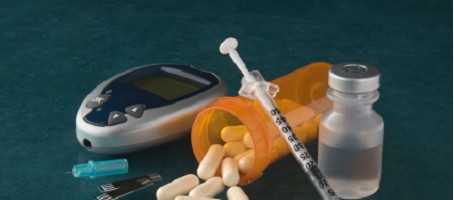Scientists have reported promising early results for a new form of treatment for obesity and type 2 diabetes that targets not one, but two hormone receptors involved in both conditions.
A team of German and US-based researchers have developed novel single compound, which activates the receptors of two insulin-stimulating hormones known as GLP-1 (glucagon-like peptide 1) and GIP (gastric inhibitory peptide).
When sugar is ingested, these intestinal hormones trigger the release of insulin by the pancreas to control the level of sugar in the blood. However, they also affect appetite regulation and fat burning.
Drugs that mimic the actions of GLP-1 by binding to receptor of the hormone are already available for the treatment of adult patients with type 2 diabetes. These include so-called GLP-1 analogues such as Novo Nordisk’s Victoza and Byetta from Bristol-Myers Squibb/AstraZeneca.
But for the first time, scientists have now successfully created and tested a single molecular structure that combines the effects of both these hormones.
The new dual-action molecule was assessed by Swiss drugmaker Roche in a short clinical study involving 53 obese patients with type 2 diabetes.
The results showed that the experimental treatment was significantly more effective at controlling blood sugar levels than existing single-hormone drugs. It also caused moderate weight loss among the patients and could be administered at lower doses, reducing the possible side effects associated with GLP-1 medicines.
Dr. Matthias Tschöp, an investigator at the Institute for Diabetes and Obesity at the Helmholtz Zentrum in Munich, said the findings provide additional confidence that a combinatorial approach “has superior potential for a transformative diabetes treatment”.
“Still, this approach has to go through several more years of intense research, clinical testing, and safety evaluations, before these substances may become available for patients,” he added.
Lead researcher Dr. Brian Finan said: “We are quite excited about this new multi-functional agent approach and believe it could become an integral part of a next generation of personalised therapies for type 2 diabetes.”
The GLP-1/GIP studies were recently published in the journal Science Translational Medicine.
What's new on the forum? ⭐️
Get our free newsletters
Stay up to date with the latest news, research and breakthroughs.






